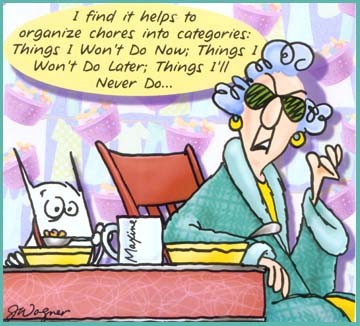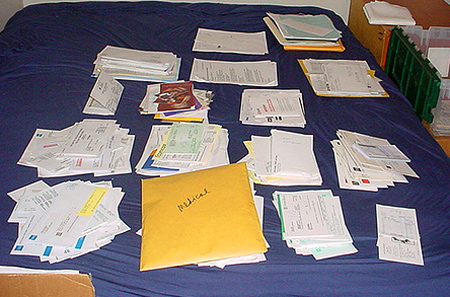Once you make a decision about how much you need, you will have the basis for allowing yourself to give things away. Decide who you want to give things to. Are you a veteran? Do you want to give things to a woman’s shelter? A school? I usually find that preschool teachers can use everything. After all, small children are learning how to be grown-ups, and they need everything that grown-ups have to learn how to do this.
I once worked with a woman who owned 3 iPads, but wasn't using any of them. Clearly this was too many. Clearly she should return or give away 2 of them!
The trick is to decide how many of an item you need, and then discard any amount over that. For example, if you decide that you can keep 13 issues of any magazine subscription, when the 14th issue comes in, the oldest one must go out.
If you decide that you can only keep 50 Tupperware containers, then when the 51st one comes in, the 1st one must go out. Likewise, staplers (simply decide how many you can keep) and other items. You can use this rule of quantity for every area in your life. Personal as well as work.
Action:
Keep only those things you know to be useful, or believe to be beautiful. Discard or give away the rest.
Have a terrific day!
Marsha Sims
Subscribe to Clutter-Free Forever by Email
www.sortitout.net






